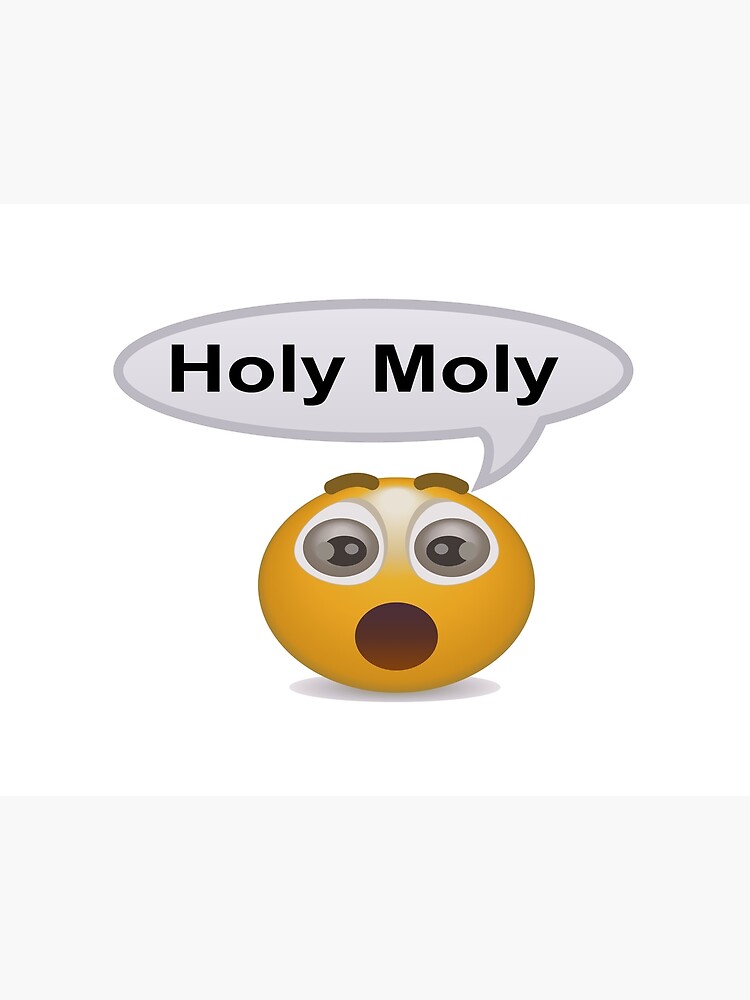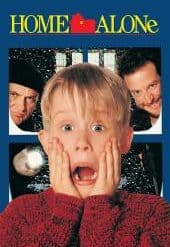Deciphering “Holy Moly”: A Modern Parent’s Handbook
Hello fabulous parents out there! ? Are you often scratching your head wondering what on earth your kids are saying? Do phrases like “holy moly” leave you feeling a tad out of the loop? Fear not, because we’re about to embark on a linguistic journey that will have you up to speed with your child’s slang and even impressing them with your newfound knowledge! Let’s dive into the whimsical world of modern children’s vernacular, starting with “holy moly” and its curious usage among the younglings. ?
What Does “Holy Moly” Mean Anyway?
First things first, what does this surprising little exclamation mean? “Holy moly” is a phrase that’s been bouncing around for decades, and it’s a child-friendly way of expressing astonishment or surprise without veering into rude or offensive language. It’s the perfect go-to for kids (and adults!) when something utterly unexpected happens. ?
Mind you, “holy moly” isn’t restricted by age—it’s one of those timeless classics that finds its way into all generations’ vocabularies. In fact, the term has a certain retro charm that can make for some delightful family banter. At its heart, “holy moly” is all about injecting fun and innocence into daily dialogues.
How Kids Are Using “Holy Moly” Today
While the essence of “holy moly” has remained intact over the years, the way children use it today can vary. Kids might drop a “holy moly” when they witness a stunning magic trick, score an unbelievable goal in soccer, or stumble upon a rare insect in the backyard. It’s the universal exclamation mark to signify that something has truly captured their interest and wonder.
Examples in Everyday Kid Conversations:
- “Holy moly, did you see that skateboard trick?”
- “Holy moly, we have a pop quiz today?”
- “Holy moly, look at the size of that ice cream!”
Whether it’s excitement, amazement, or sheer disbelief, “holy moly” serves as a safe and fun way for kids to express themselves. And when it comes to parents, understanding this can help bridge the generational language gap and connect with their children on a more personal level. Plus, who doesn’t love adding a bit of spice to their vocabulary? ?
The Origins and History of “Holy Moly”
Now, you might be curious about where this quirky phrase came from. “Holy moly” has a fascinating history, peppered through comic books, classic television shows, and cultural references galore. The term got its start in the early 20th century, and some say it was popularized by works such as “The Captain Marvel” comic series where the protagonist would exclaim “Holy Moley!” But let’s not spoil all the fun here—we’ve got a whole section on the origins and evolution of “holy moly” coming up, so stick around!
Understanding the language of today’s youth is an ongoing adventure, and phrases like “holy moly” just add to the rich tapestry of verbal communication. As we continue to unravel the mysteries of kid slang together, you’ll become a veritable vernacular virtuoso in no time. Each step you take in learning their language deepens your connection with your children and keeps the family dialogue lively and loving.
Navigating your children’s linguistic landscape is a joyful experience filled with laughter and learning. So embrace the phrase “holy moly” and anticipate the next batch of conversational gems our kids will certainly bring to the table. Stay tuned for more insights and anecdotes that will help you become the coolest, most clued-in parent on the block! ?

5 Things Parents Should Know to Prepare for “Holy Moly”
1. Understand the Nuances of Slang Evolution
Slang is a moving target, always evolving and morphing with the times. “Holy moly” may be a gateway into the dynamic world of kids’ slang, which is influenced by everything from pop culture to the digital world they inhabit. Embracing this evolution helps you understand not just the words they’re using but the meaning and context behind them.
2. Context is Key
Remember, the same phrase can mean different things depending on the situation. When your child says “holy moly,” pay attention to their tone, body language, and what’s happening around them. This will give you clues into whether they’re surprised, impressed, or perhaps even a bit dismayed.
3. Stay Up-to-Date with Pop Culture
Many slang expressions, including “holy moly,” are borrowed from or reinforced by popular TV shows, movies, and online platforms. Joining your kids for a movie night or demonstrating interest in their favorite YouTube channels can give you insider knowledge on the phrases that are in vogue.
4. Use Slang as a Conversation Starter
Showing interest in your child’s language can lead to deeper conversations and bonding moments. Ask them about the new words they’re using, and maybe even try using “holy moly” yourself in the right context—it can be a light-hearted way to show you’re paying attention and willing to engage with their world.
5. Encourage Appropriate Language Use
While slang can be fun and harmless, it’s also an opportunity to teach your kids about the appropriateness of language. Help them understand when it’s okay to use slang and when more formal language may be required, like in school assignments or certain social settings.
With these tips in your parenting toolkit, the phrase “holy moly” won’t just be a surprise exclamation—it’ll become part of the wonderful and wacky world of connecting with your kids through their unique form of expression. Dive in, have fun, and watch your family’s communication grow stronger and more vibrant. Let the linguistic adventure begin! ?
For more great articles please see here. For more information see here
Disclaimer
The articles available via our website provide general information only and we strongly urge readers to exercise caution and conduct their own thorough research and fact-checking. The information presented should not be taken as absolute truth, and, to the maximum extent permitted by law, we will not be held liable for any inaccuracies or errors in the content. It is essential for individuals to independently verify and validate the information before making any decisions or taking any actions based on the articles.




